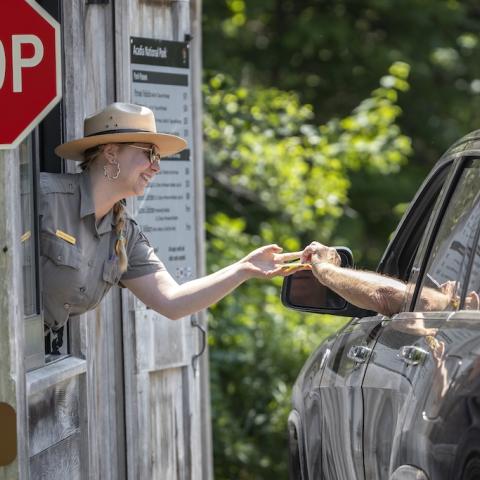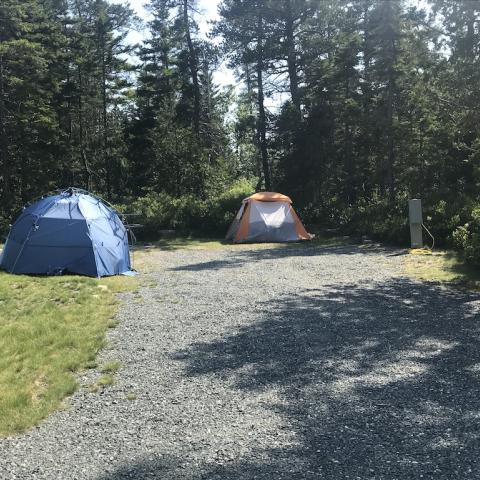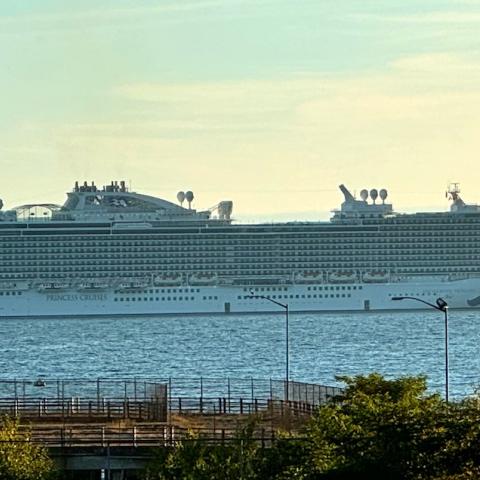
Friends of Acadia is seeking donations to help maintain the historic bridges found along the carriage roads that wind through Acadia National Park's interior/Rebecca Latson photo
More than a century ago, John D. Rockefeller Jr. hired stone masons to build a series of 17 iconic bridges along the carriage roads that lead visitors into the woodsy core of Acadia National Park. Not surprisingly, over those years the bridges have required regular maintenance and, also not surprisingly, the park staff has struggled to stay on top of that needed work.
Beginning in 1917 with the Cobblestone Bridge, local craftsmen built the bridges using locally-sourced materials. Special features include gothic arches, textured masonry surfaces, and protruding scupper drains. While they are first and foremost functional elements that allow park users to safely pass through the terrain, their aesthetic character is timeless. They have become an iconic and inspirational part of Acadia's natural and cultural landscape.
Like any structures exposed to the elements, the bridges must be maintained for safety and aesthetics. The restoration work entails re-pointing, re-bedding, replacing granite where stones and masonry have been dislodged, repairing concrete in the arches where spalling has occurred, and cleaning of efflorescence (calcium build up on the stones as lime is leached out of the mortar by rain water).
Acadia is several years behind in its effort to restore the carriage road bridges. While Friends of Acadia's Carriage Road Endowment provides grants for maintenance and improvement of the road surface, there is no dedicated fund. Money donated through Friends of Acadia will be dedicated to the restoration of the bridges. This project is a perfect opportunity to provide support to ensure these cultural treasures are preserved.
During the friends group's annual benefit earlier this month, donors contributed more than $300,000 to help restore Acadia's Carriage Road Bridges. And, you can join them, Every dollar raised will go directly to the restoration and preservation of these iconic structures.




 Support Essential Coverage of Essential Places
Support Essential Coverage of Essential Places







Add comment